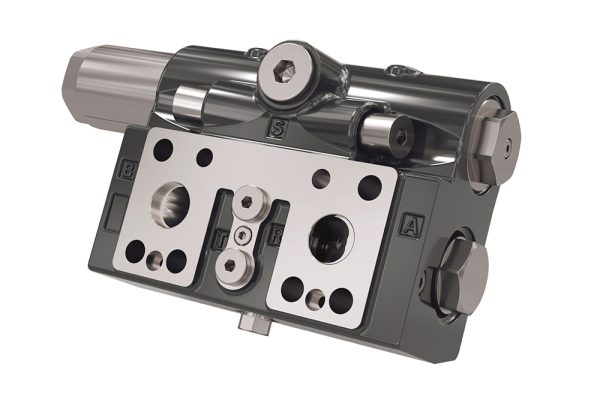Enhancing Sustainability by Maximizing Fluid Power Efficiency
 By John Sander, Vice President of Research & Development, Lubrication Engineers, Inc.
By John Sander, Vice President of Research & Development, Lubrication Engineers, Inc.
It is common for organizations today to try to maintain a balance between economic growth, environmental protection, and social responsibility through business sustainability initiatives. They are implementing practices associated with environmental, social, and governance metrics, often called the three pillars of sustainability. The governance pillar requires businesses to conscientiously reduce risk by operating ethically, complying with regulations, and being financially stable. The social pillar involves providing fair pay and benefits, a safe and healthy work environment, and equal opportunity to all employees, while forging strong relationships with suppliers and their community. The focus of this article will be on the third pillar – environmental.
Organizations that depend on fluid-powered machinery can address their environmental impact in many ways, including lowering greenhouse gas emissions, waste, and energy consumption. These reductions, along with increased operating efficiency, can help decrease an organization’s carbon footprint – a key environmental pillar metric. Operating efficiency can be measured in several ways including fuel and electricity consumption, operating temperatures, and productivity.
Recent equipment engineering research has largely been focused on improving mechanical designs to reduce carbon footprint and improve sustainability. A similar approach in mobile equipment has been to move from internal combustion engines that use petroleum fuel to battery-powered electrification. Significant advances have been made in this area, but growth, acceptance, and infrastructure availability continue to provide challenges. In the interim, fluid-powered systems provide a great opportunity to improve efficiency until new mechanical advances become available, such as battery power, improved pumps, and use of advanced materials. While most organizations look to upgrading their equipment to hit sustainability goals, gains also can be made with existing fluid-powered equipment.
Perhaps you’ve heard the outdated adage, “Oil is oil … it’s all the same.” It’s not true. Hydraulic power efficiency can be measurably improved through fluid selection. Certain hydraulic fluid ingredients can affect longevity of the fluid in the system, as well as improve fluid dynamics while flowing from the sump to the pump and back. By changing to higher performance fluids, volumetric efficiency is improved as fluid is pushed by the pump without leaking backwards into the pump.
Another sustainability approach that should not be overlooked is reliability-centered maintenance. Even if a high-performance fluid is used in a hydraulic system, it is all for naught if poor maintenance practices are employed. The fluid needs to be treated like it is an important component of the asset, not simply as disposable. For example, volumetric efficiency gains can be quickly lost if there are leaks in hoses or other pressurized components of the fluid power system. Contamination from the environment or with other lubricants can also negatively affect the performance of any fluid, which in turn affects the performance of the system. Proper storage, transfer, and filtration of the fluid is therefore critical for optimal sustainable performance. Proper fluid fill levels must be monitored as well, as low fluid levels can result in reduced fluid lifespan.
The final fluid consideration is what happens to the fluid when it is time to change it or if it accidentally escapes from the system. Certain applications required the use of environmentally acceptable lubricants (EALs), such as marine applications where there is a chance of lubricants leaking into navigable waters. In these cases, regulatory pressures may dictate that a biodegradable, low toxicity, non-bioaccumulation fluid be used. Early on, most of these hydraulic fluids were based on vegetable oils. Operators were often disappointed with the shortened life of the fluids as well as the resultant performance challenges and increased maintenance these required. New synthetic fluids – derived from biobased sources – have been introduced that allow fluid formulators to create high-performance EALs.
Sustainable business activities are becoming increasingly prominent. Fortunately, hydro-powered equipment provides an excellent opportunity to positively affect all three pillars of sustainability. Reduced carbon emissions are good for the environment, and efficient equipment is good for employees and society. Improved system efficiency means increased productivity and additional profits, which is good for the organization and those who run it.







